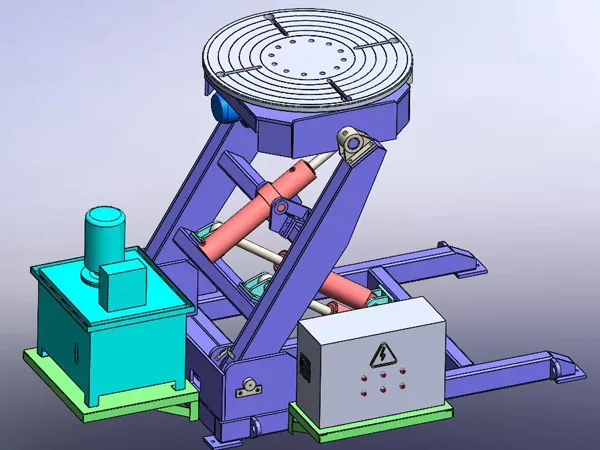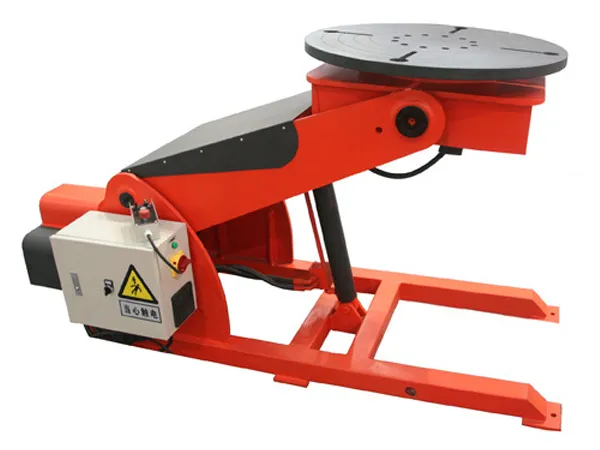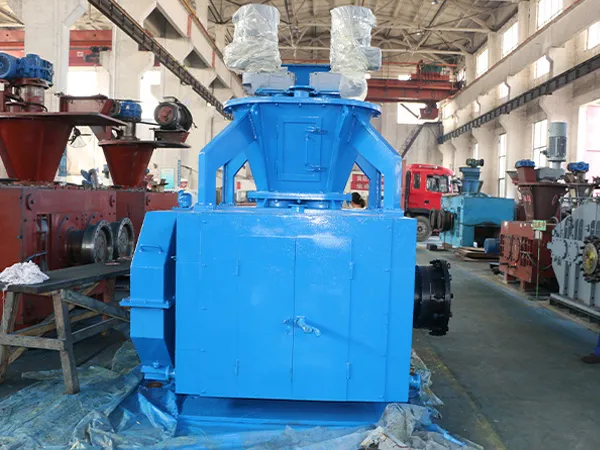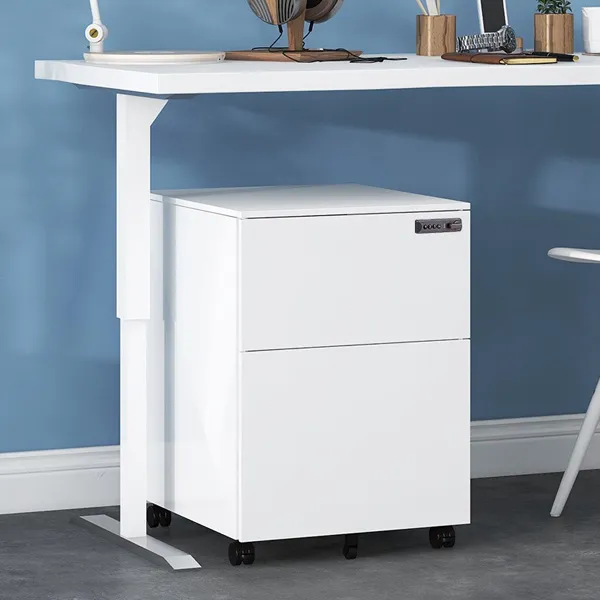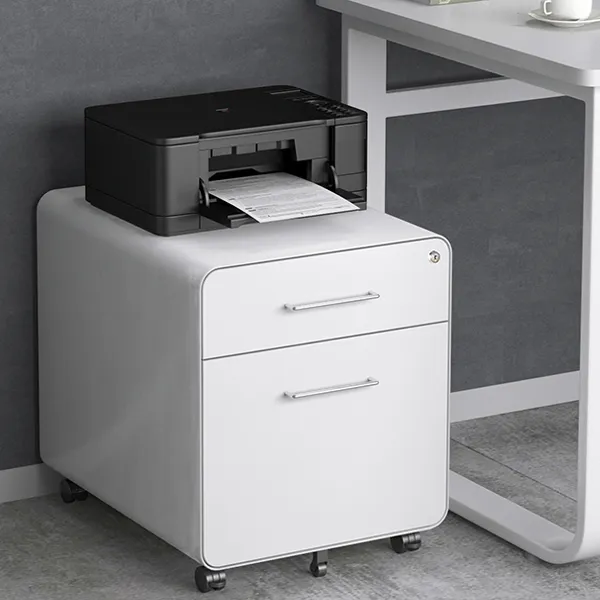How to calculate vibrating screen motor power?
Calculating the motor power of a vibrating screen involves several factors, including the type of screen, the amplitude and frequency of vibration, the size and shape of the screen deck, and the material being processed. Here is a general approach to calculate the motor power for a vibrating screen:
Determine the Screen Type

Vibrating screens can be classified into horizontal, inclined, or banana screens. The type of screen will affect the calculation.
Identify Screen Parameters
Amplitude (A): The maximum displacement of the screen deck from its rest position.
Frequency (f): The number of oscillations or cycles per unit of time.
Calculate Vibrating Mass

The vibrating mass on the screen can be calculated using the formula:
m=Weight of the screen deck/g
where g is the acceleration due to gravity.
Calculate Excitation Force
The excitation force can be calculated using the formula:
F=m⋅A⋅(ω)²
where ω=2πf.
Determine Motor Power
The motor power (P) can be calculated using the formula:
P=F⋅v/ 1000
where v is the vibrating speed (usually in m/s).
…
For more detailed information on how to calculate the vibrating screen motor power, please click here: https://www.hsd-industry.com/news/vibrating-screen-motor-power-calculation/



